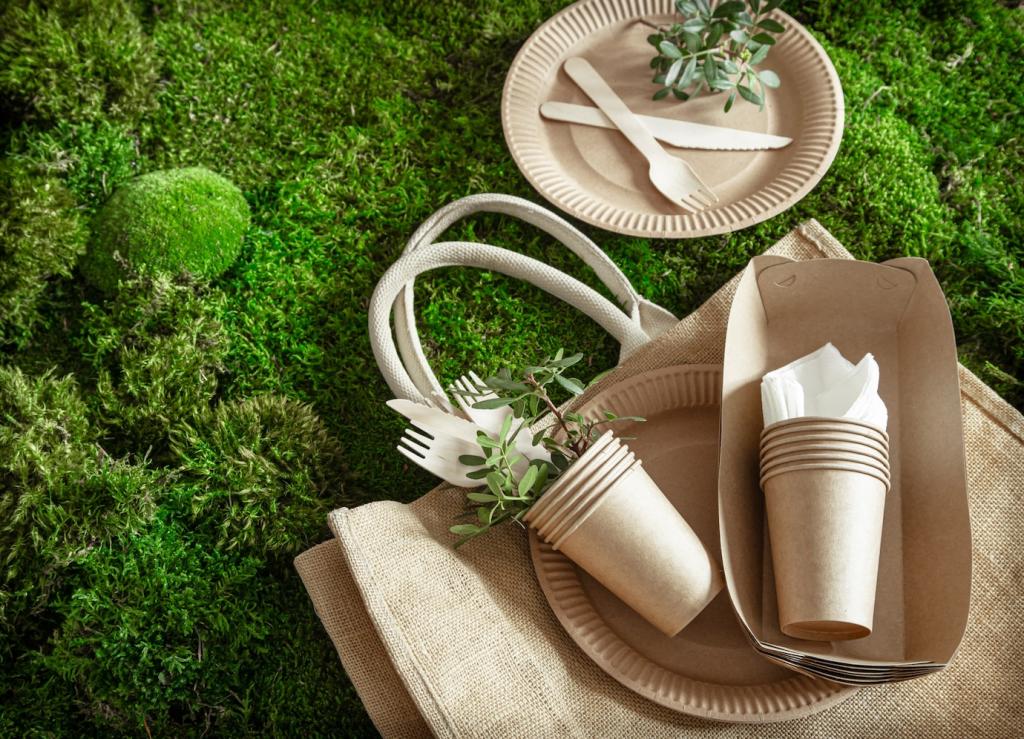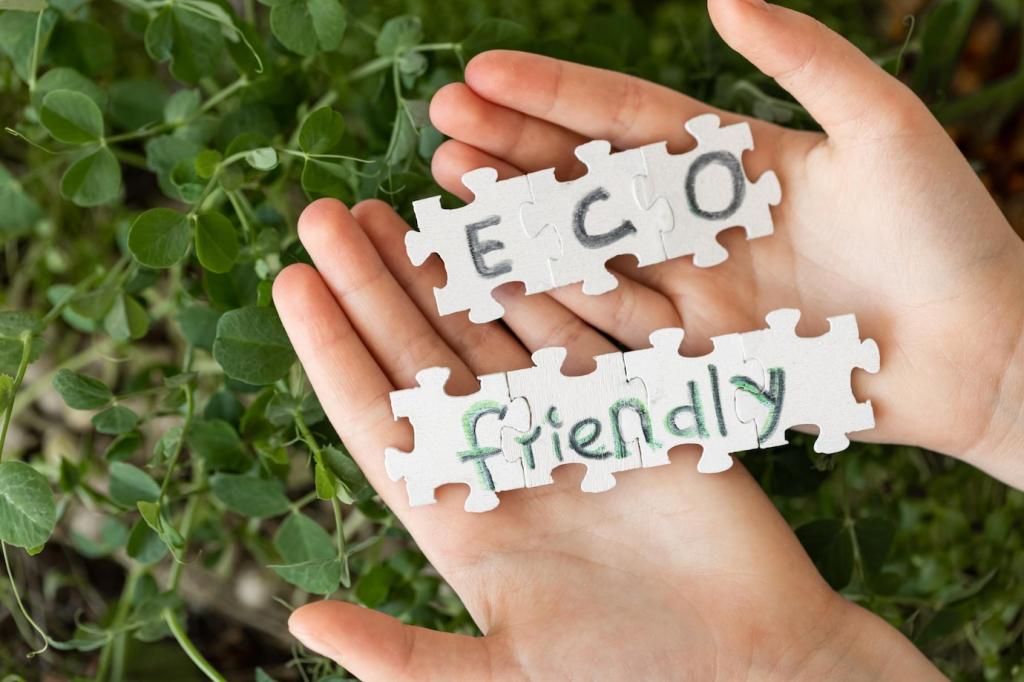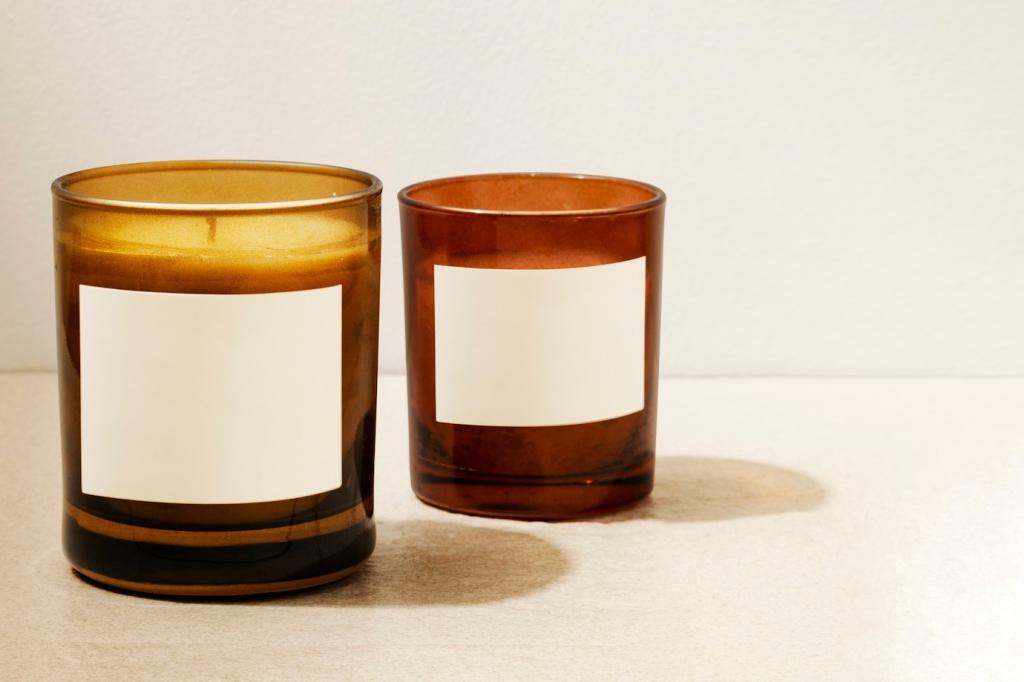What Makes a Textile Truly Biodegradable?
Biodegradable textiles rely on polymers that microbes can digest, such as cellulose from wood pulp, bast fibers, or biopolymers like PLA and PHA. When oxygen, moisture, heat, and microorganisms align, these materials break down into carbon dioxide, water, and biomass.
What Makes a Textile Truly Biodegradable?
Many biodegradable innovations require industrial compost temperatures and controlled aeration to decompose efficiently. Home compost piles vary widely, so a fabric that vanishes in weeks industrially might linger for months at home. Always check guidance before composting a garment locally.





